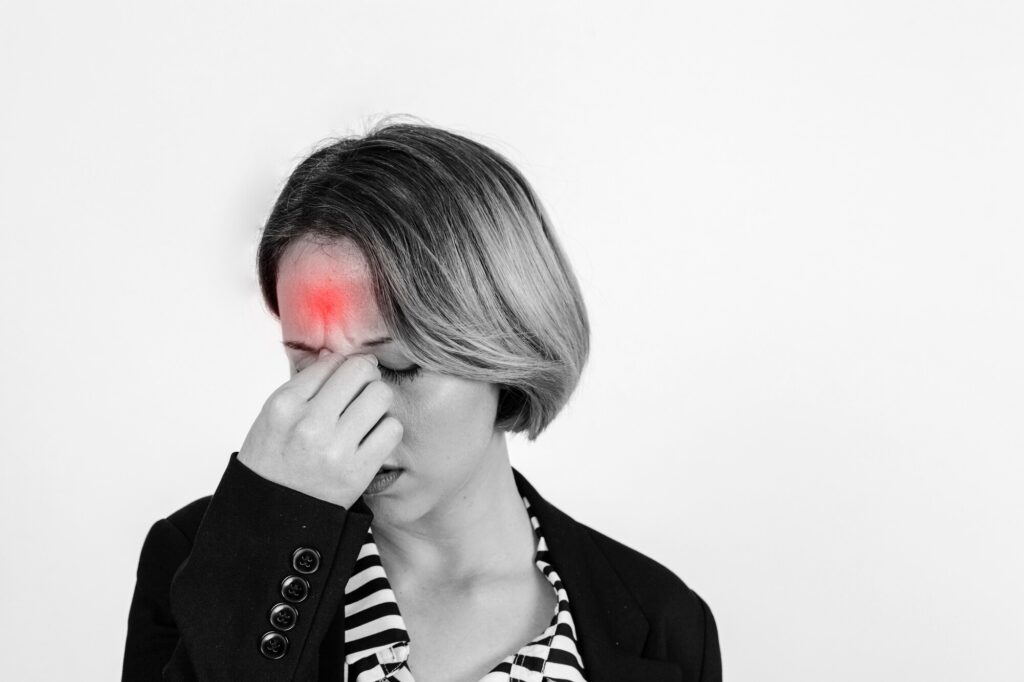In the United States, stroke ranks as the fifth most common cause of death. For adults, it is also a leading cause of impairment.
Anyone at any age can have a stroke. Strokes are particularly dangerous for women. According to the American Stroke Association, stroke is the third leading cause of mortality for women, affecting one in five of them.
Strokes, often known as brain attacks, come in two varieties. One is an ischemic stroke, which occurs when a portion of the brain’s blood supply is cut off. When a blood artery, aneurysm, or arteriovenous malformation (an aberrant tangle of blood vessels) in the brain breaks, it causes a hemorrhagic stroke.

Parts of the brain may die or sustain damage in both situations. A stroke may result in death, permanent disability, or irreversible brain damage.
Knowing the warning signs is crucial, but it’s even more crucial to act fast and call 911 for assistance.
5 signs of a stroke
By being aware of the signs of a stroke, you can promptly recognize the situation and seek assistance. Every minute counts in reducing brain damage. The five signs of a stroke, which usually occur suddenly, are listed below by the Centers for Disease Control and Prevention (CDC):
- Numbness/weakness: sudden numbness or weakness of the face, arm or leg, especially on one side of the body.
- Confusion: sudden confusion, trouble speaking or understanding speech.
- Trouble seeing: This could happen in one or both eyes.
- Trouble walking: This could include sudden dizziness, loss of balance, or lack of coordination.
- Severe headache: A sudden severe headache with no known cause.
- If you or someone you’re with has any of these symptoms, call 911 right away.
Importance of acting F.A.S.T. during an ischemic stroke
Experts emphasize how critical it is to get treatment for an ischemic stroke as soon as possible. According to the American Stroke Association, 1.9 million brain cells die on average every minute an ischemic stroke is left untreated. Therefore, if you or someone you know is experiencing stroke symptoms, you should dial 911 right away.
One quick test to identify stroke is the acronym F.A.S.T.
F: Face drooping: Ask the person to smile, then observe whether their face droops on one side or whether their smile is uneven.
A: Arm weakness: Have the subject lift both arms to see if one sways downward or is weak or numb.
S: Speech difficulty: To check for slurred speech, ask the person to speak.
T: It’s time to dial 911. Avoid driving or letting someone else drive you to the hospital. Make an ambulance call to 911 so that treatment can start immediately.
Higher survival and reduced disability rates are the results of prompt stroke treatment. Before arriving at a hospital, first responders can begin treating a stroke victim.
Stroke risk factors
Anyone at any age can have a stroke. Your risk of experiencing a stroke increases with age. But strokes also occur in those under 65. According to the CDC, people between the ages of 15 and 49 account for about one in seven strokes.
Certain risk variables, like gender, age, and family history, are beyond your control. However, there are a few prevalent illnesses and lifestyle choices that increase your chance of stroke. These include, among other things, smoking, being overweight, having diabetes, high blood pressure, and not getting enough exercise.
Being aware of your stroke risk and the strategies to reduce it is crucial.



